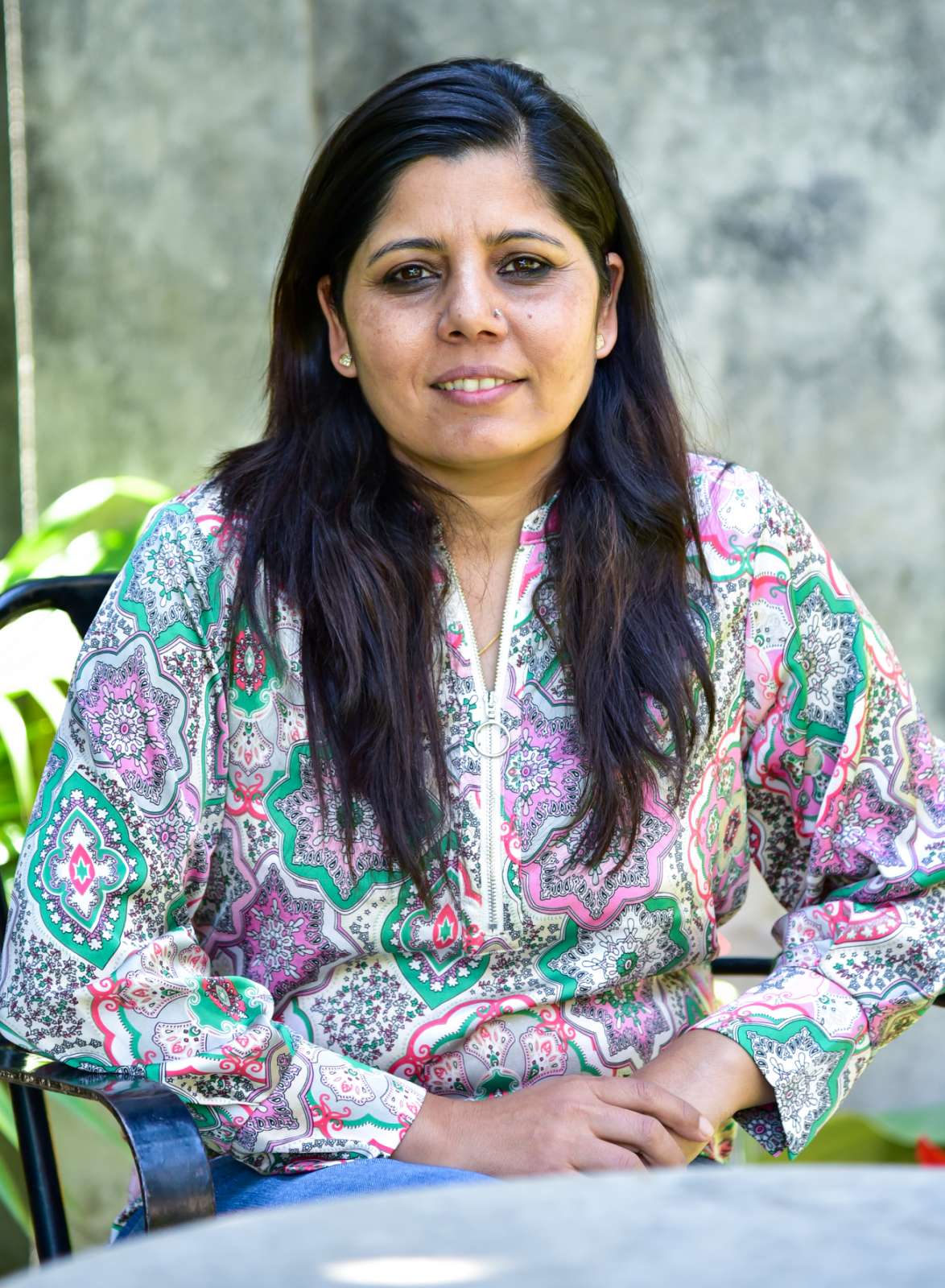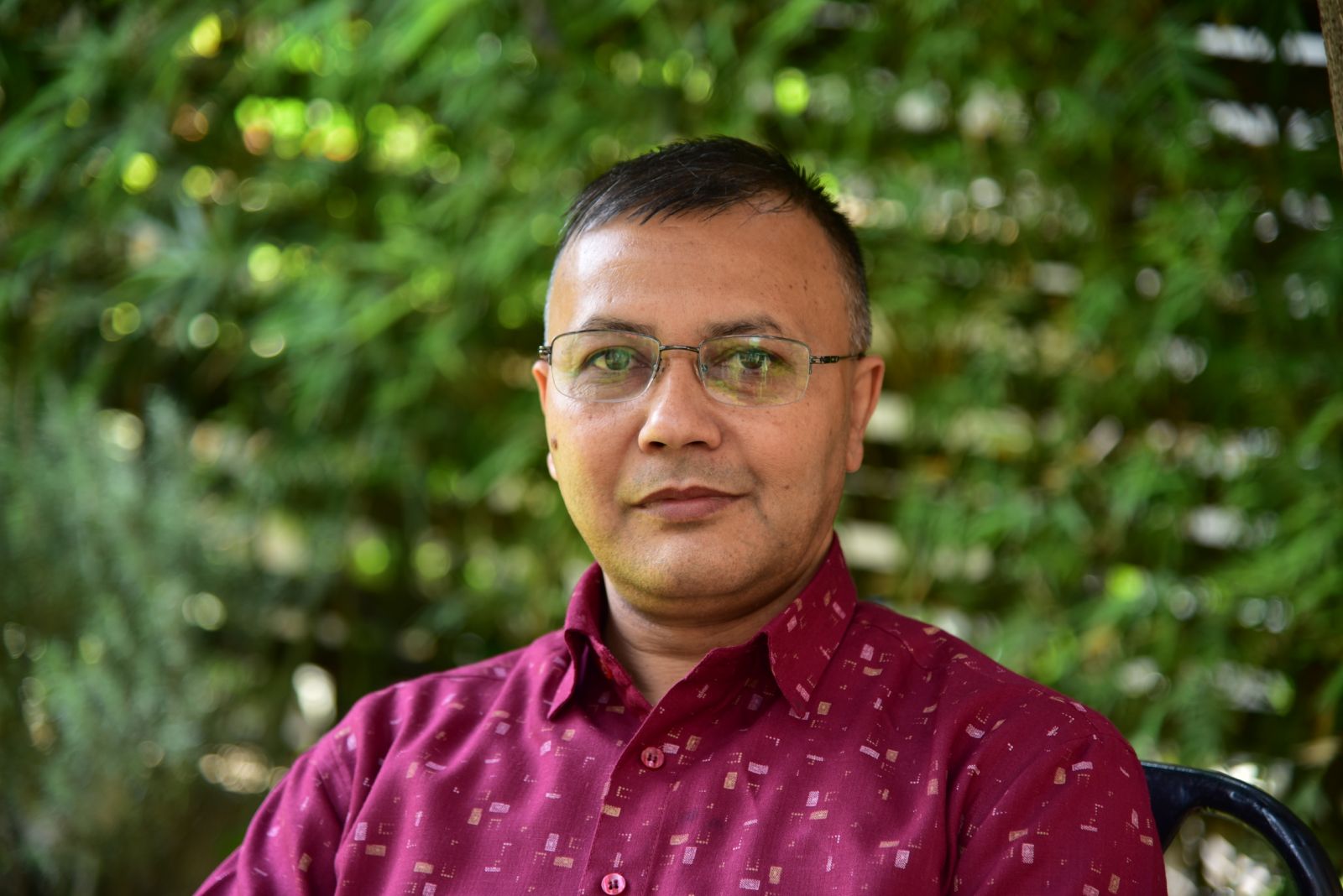Miscellaneous
Beyond reconstruction
April 2017 marks the second anniversary of the devastating earthquake in Nepal, which took almost 8,860 lives, injured 22,000, damaged 602,257 houses, and rendered thousands of people homeless.
Neetu Pokharel & Som Niroula
April 2017 marks the second anniversary of the devastating earthquake in Nepal, which took almost 8,860 lives, injured 22,000, damaged 602,257 houses, and rendered thousands of people homeless. In the two years since, the reconstruction process has begun to finally gather steam, but before the second anniversary, we must reflect on the progress made in addressing the grievances of earthquake-affected communities and whether accountability has been realised.
The earthquake caused far-reaching damage, going beyond the destruction of houses, buildings, and infrastructure. Those who were hit the hardest were marginalised and vulnerable groups, including those living in poverty, people with disabilities, women, Dalits, children, and the landless. Despite the tragic circumstance, the earthquake has created an opportunity for all of us—the government, donors and communities themselves—to begin to collectively rebuild, not only by reconstructing houses and buildings, but also by addressing affected communities’ varying grievances and needs. The government is ultimately accountable, and following a Post-Earthquake Needs Assessment (PDNA), it created the National Reconstruction Authority (NRA) to begin the reconstruction process.
A visit in early January 2017 to earthquake affected areas, Salyantar Village Development Committee (VDC) in Dhading district and Mashel VDC in Gorkha district, however, has given us pointers to reflect on the progress, which can be deceptive at first sight. The government, through the NRA, has begun to make serious efforts to respond to the needs in earthquake affected areas. Yet, the percentage of the budget spent on disaster response is not the only indicator of success. We must take a critical eye to the recovery process, particularly with respect to whether the government’s approach is integrated and coordinated; whether the government has a long-term vision in place; and whether policies and commitments on paper have been translated into reality. Are the disaster response policies delivering justice to affected people, particularly marginalised and vulnerable communities, in practice? While reconstruction needs to be a key priority for the government, it must not overshadow other crucial needs of the affected people.
Reconstruction
Despite the damage, the earthquake has created an opportunity to reconstruct private homes, but also public infrastructure that is inclusive. For instance, the quakes became an opportunity to make public infrastructure accessible for people with disabilities (PWDs)—the PDNA and post-disaster guidelines explicitly require the government to rebuild infrastructure considering the needs of PWDs. While some efforts have been made to rebuild public infrastructure in such manner, the focus of government and donors has been largely limited to the needs of physically disabled individuals, particularly wheelchair users, resulting in installation of ramps. It appears that the government has considered the installation of ramps on the ground floors of buildings sufficient to make the building differently-abled friendly. In Salyantar VDC, a public school with two stories has been built after the earthquake. There is a ramp for PWDs to enter the main building’s ground floor; yet, PWDs will not be able to access the toilet, or go upstairs to access the library or computer room, because the doors and stairs are inaccessible. This shows a clear negligence in identifying and addressing the need of PWDs beyond addition of a ramp. But it might be too late to identify gaps and propose additional changes. When we asked the district government authorities, they stated that once they get a blueprint of the building finalised by the engineers, they cannot change it at all. Once the budget is allocated, the district authorities cannot make changes, even if they know the building is not going to be differently-abled friendly.
As another example, the government has also provided those affected with Rs 50,000 as a first instalment for rebuilding of the foundation of their homes. It has circulated the policy that the next two instalments—two lakhs in total—will be distributed after people complete building the foundations of their homes. The first instalment was distributed through the headquarters of each district and the same process will be followed for the next two instalments as well. This policy, however, is not very practical when it comes to access for marginalised groups. For people living in remote or hilly areas, it can take up to a week to travel to and from the headquarters in order to claim this entitlement. One person shared that to receive Rs 50,000, he had to spend Rs 20,000 for travel, food, and accommodation and a further Rs 10,000 for the assistance of an agent. By the time he returned to his village, he was left with only just Rs 20,000 in hand.
Social rebuilding
In Salyantar, Dhading, we met a four-year old girl who was very active, mentally and physically, before the earthquake but lost her memory and ability to speak after the disaster. She dropped out of school, and her parents have had to care for her full-time, jeopardising their sources of income. She cannot attend school since there is no special-needs education system in Salyantar. Apart from the disability card, she has not received any treatment or support from the government or donors and her parents and community members lack the knowledge or ability to effectively care for her; and her needs are not prioritised under the government’s reconstruction plan. For most differently-abled people, their family members are not aware of their rights to access a disability card and are not fully empowered when it comes to participating in the government’s plans and decision making process. Should we not equally focus on social rebuilding as a part of their earthquake recovery strategy?
And while, the government has established a complaint hearing mechanism within the NRA at Kathmandu, which is tasked with receiving complaints about the earthquake recovery process, this mechanism is merely a formality as it is not decentralised to the local and community level. Those affected by the earthquake, who are bearing the brunt of the destruction, are not aware of this mechanism and even those who are lack the access and understanding of the complaint filing process. Even community groups at the local level find it difficult to understand the process of filing complaints. When we asked about the coordination mechanism for the rebuilding of schools with key stakeholders, they were confused about the role of government agencies and whether the final approval comes from the district education office, the VDC, the district reconstruction authority, the district development office, or the DDRC. Even two years on, the reconstruction remains bungled as it was in the immediate aftermath.
The government has given the NRA the mandate to rebuild damaged houses and rehabilitate people displaced by the earthquake. However, given the severity of the social impacts of the earthquake and the needs of those affected, the government has failed to envision an integrated mechanism to work to address the issues of physical needs, justice needs, and the discrimination against vulnerable people, such as people with disabilities. If the complaint mechanism works effectively, if earthquake affected people are empowered to claim their rights and entitlements, if the government identifies the different needs of vulnerable people and dedicates its resources and efforts in an effective, coordinated, and integrated way, we believe that people affected by the earthquake will begin to reintegrate into society as part of the broader national rebuilding process. And that, not just the rebuilding of physical structures, is the need of the hour.
Neetu Pokharel and Som Niroula work with the Alliance for Social Dialogue (ASD) in Nepal




 14.12°C Kathmandu
14.12°C Kathmandu











